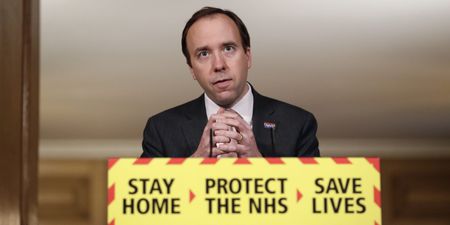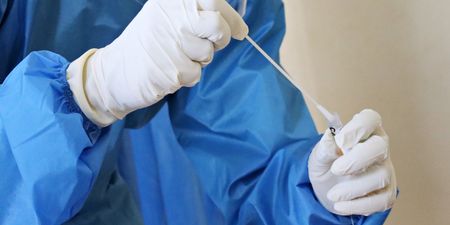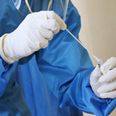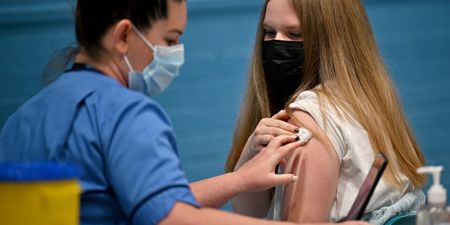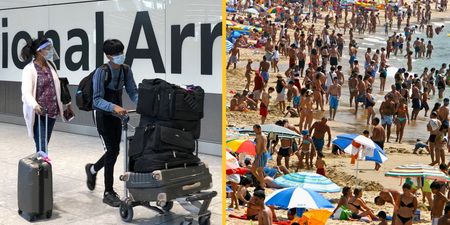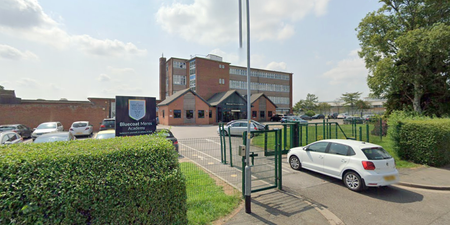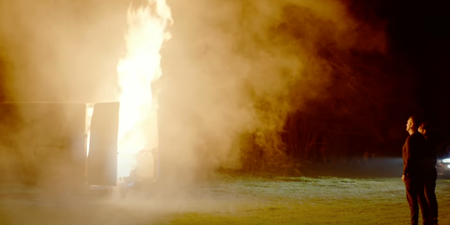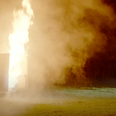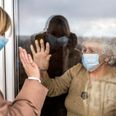The figures have seen a slight increase since pubs and non-essential shops reopened this month
The R rate (risk of Covid-19 infection) could be set to rise above 1 in England for the first time since late January, according to the Scientific Advisory Group for Emergencies (Sage).
Sage has said that England’s coronavirus reproduction number (R value) – which measure the average number of infected persons and how likely they are to pass it on – has risen slightly from last weeks figures of 0.8-1 to 0.8-1.1.
To put things into more layman’s terms, this means that, on average, every 10 people infected will then go on to infect between 8 and 11 other people.
While England has already begun its roadmap out of lockdown, this development could prove problematic for the other parts of Britain, as Scotland, Wales and Northern Ireland governments are all looking to ease lockdown restrictions in May
In terms of the regions that have seen changes in their R rating, the list includes the Midlands, the North East and Yorkshire; the South East and the South West – the lattermost having seen the biggest surge, having jumped up from 0.7-1.1 to 8 to 1.2.
If the estimations are to be believed, this will be the worst the R rate in England has been since January 29, as the nations entered its third wave of coronavirus and lockdown – the peak being January 8, when it reached between 1.0 and 1.4.
Although Sage is urging caution, the Office For National Statistics still show that the number of Covid cases and deaths are falling across the UK.
With almost all over 70s fully vaccinated and people aged 40 and beyond now able to get a vaccine, signs are improving as the country continues to steadily return to everyday life.
However, there are places where progress is still slow and, in fact, Yorkshire and the Humber currently have the highest proportion of people likely to test positive, as well as being the only areas where case numbers are not dropping.
It is believed that those most likely to catch Covid-19 are still secondary school children and, as such, the return to education (which began in March) is being carefully managed.






